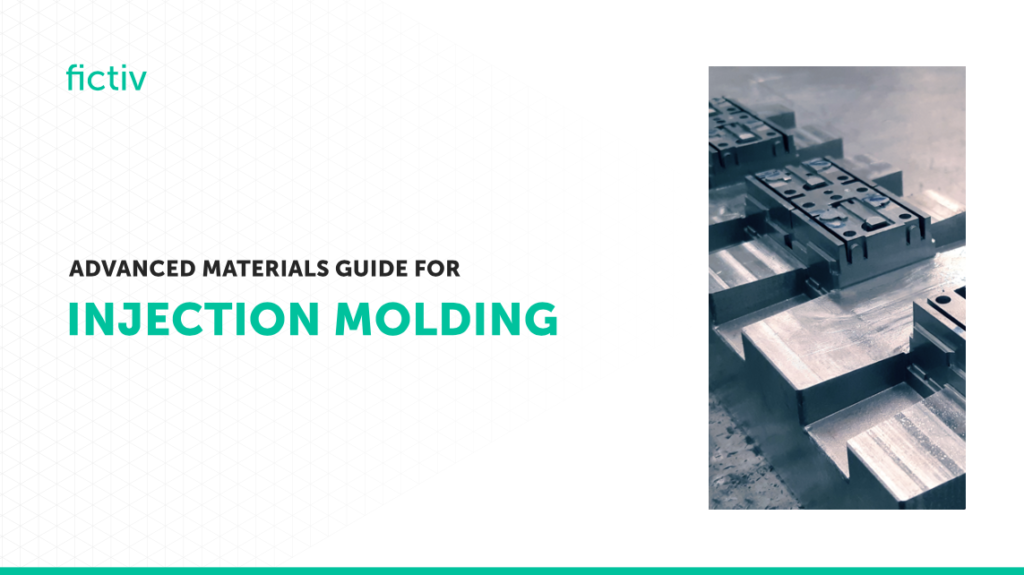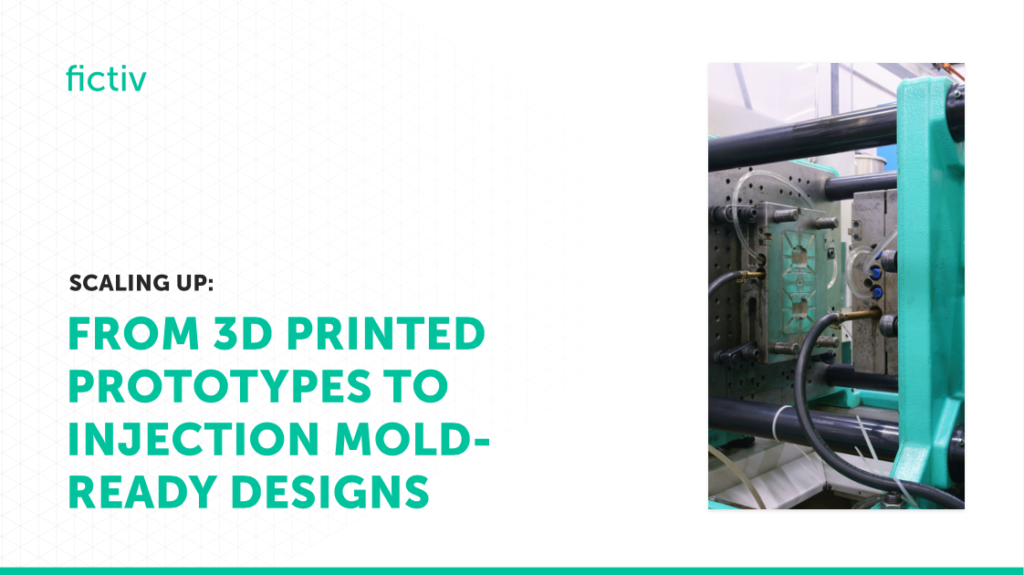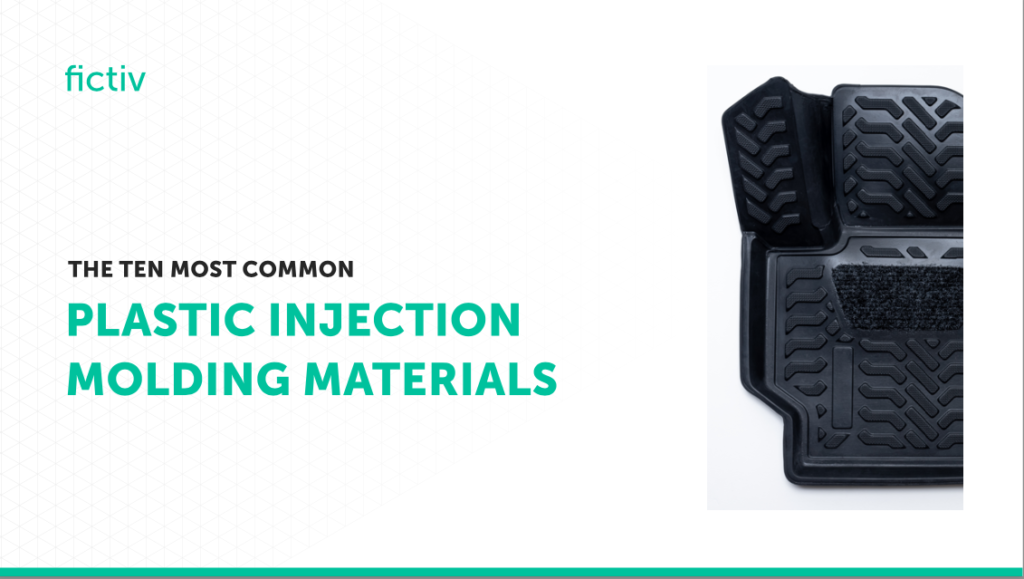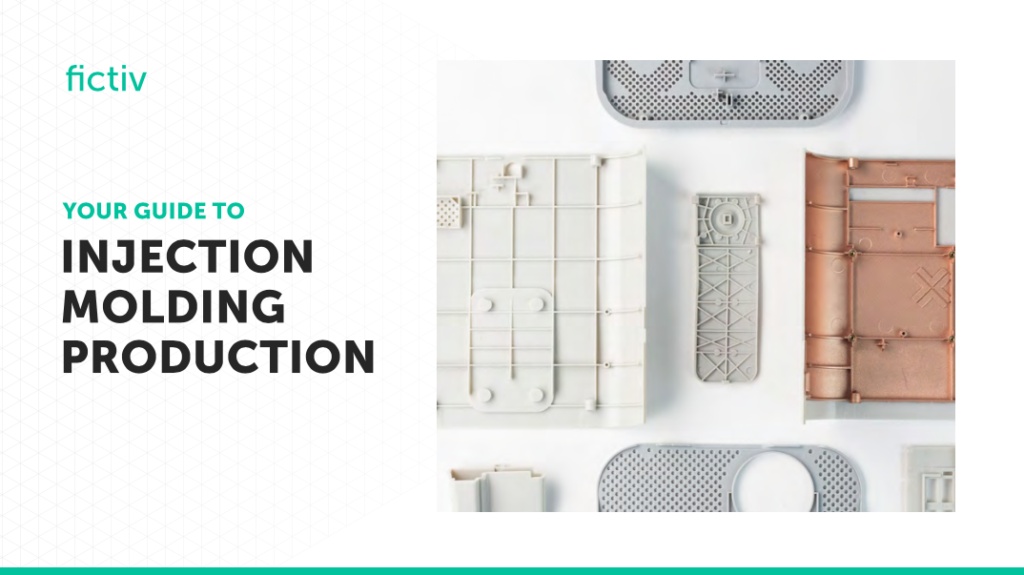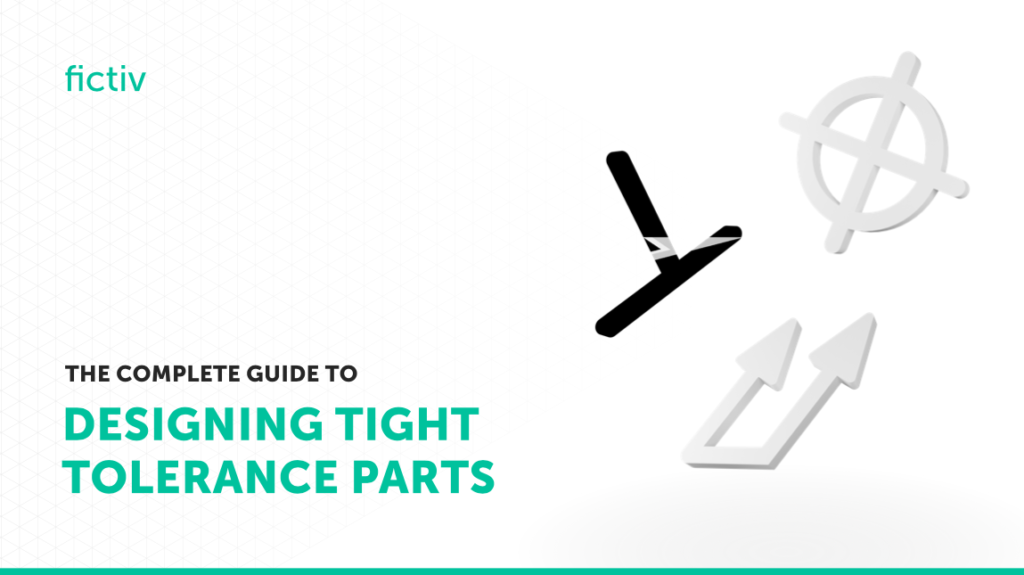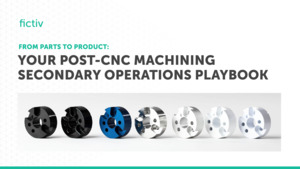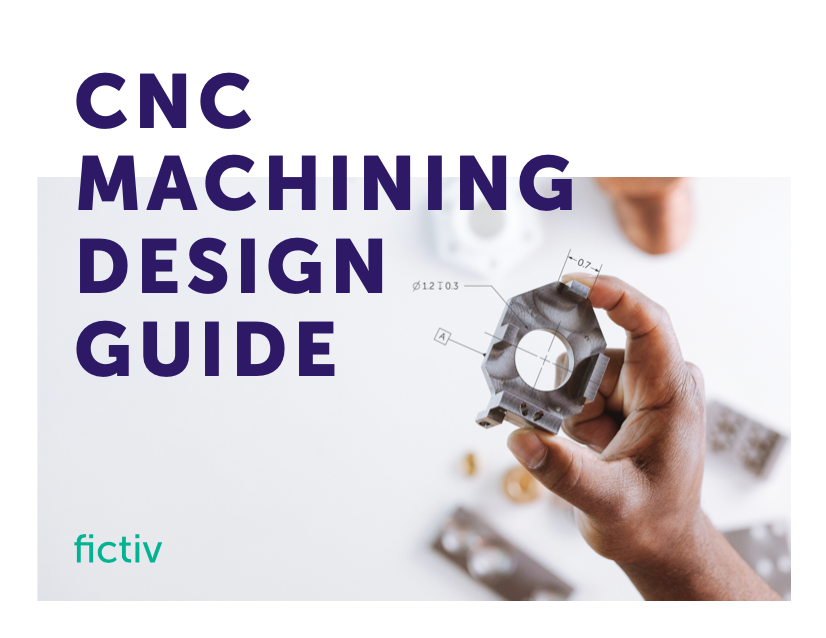The Advanced Materials Guide for Injection Molding
The Advanced Materials Guide for Injection Molding The advent of CAD systems, additive manufacturing, and CNC machining has made the design and manufacture of complex part designs almost routine. Engineers today are being asked to design parts that will probably be exposed to many different factors, including extreme weather, chemicals, bodily fluids, high stress/high load, impact, and other elements and situations that could affect the way a product is designed. To achieve this sort of advanced product design in injection molding, advanced materials are often required. In this guide, we’ll walk you through the manufacturing and industrial design considerations for a variety of material options and offer material recommendations for different product design objectives, including glass and fiber-filled materials for stronger parts and silicone and polyurethane materials for flexible parts.
The Advanced Materials Guide for Injection Molding Read More »
